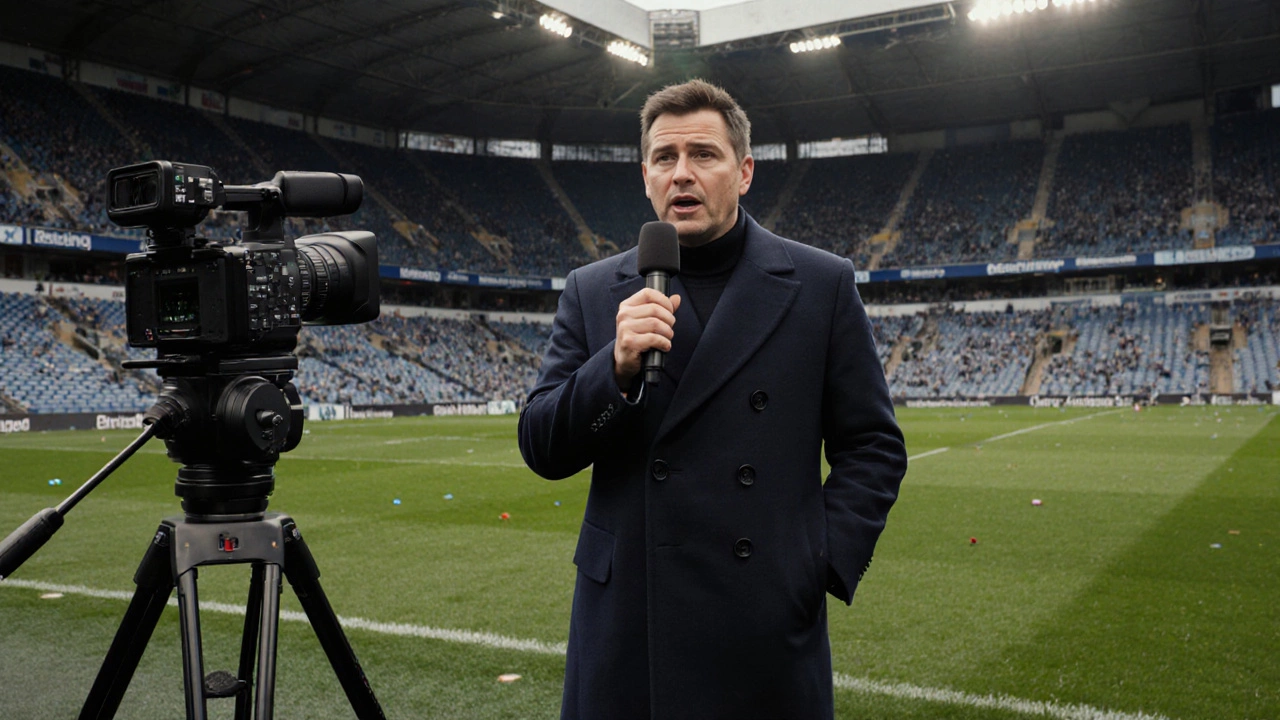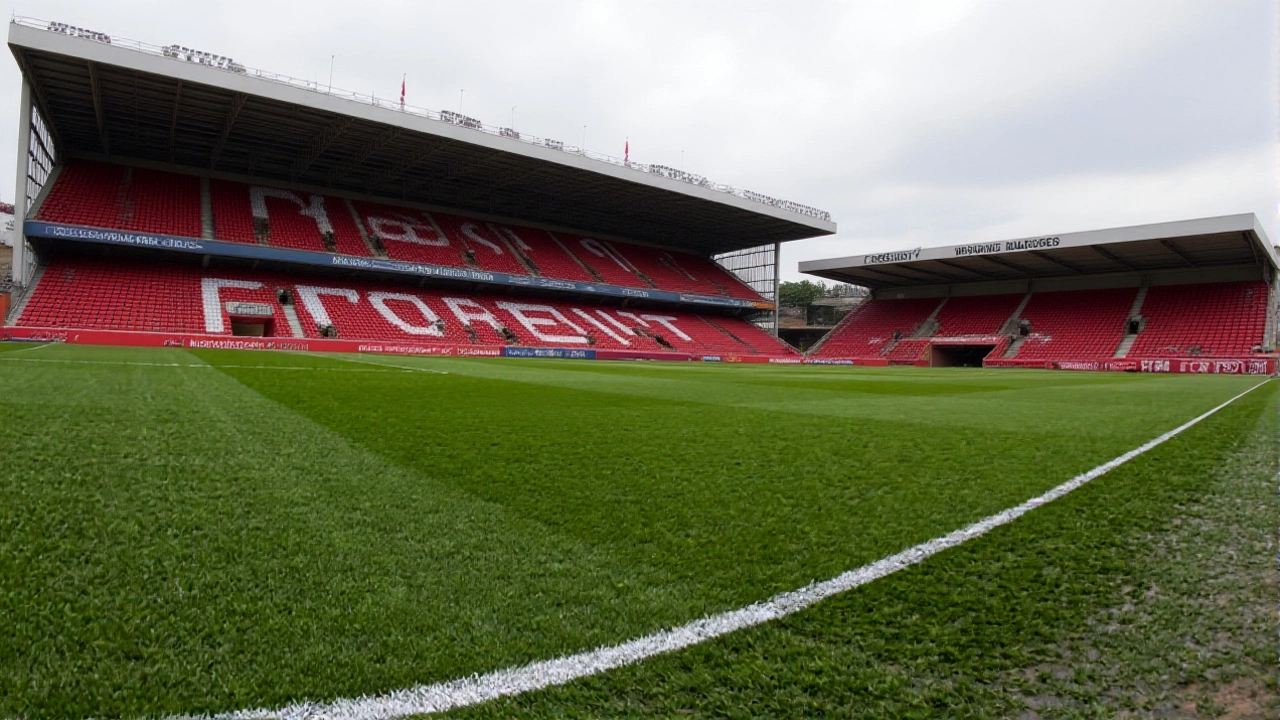Senate Passes $1.2 Trillion Bipartisan Infrastructure Bill

When Sen. Maria Cantwell, Chair of the Senate Appropriations Committee of the U.S. Senate, announced the passage of the Infrastructure Investment ActWashington, D.C. on June 12, 2025, the country’s most ambitious bipartisan spending plan in a decade finally cleared the upper chamber.
The bill, a $1.2 trillion package, aims to overhaul crumbling bridges, modernize the nation’s broadband grid, and shore up public transit in 48 states. The vote was 68‑32, with a handful of Republicans breaking ranks to join the Democrats. The deal, signed into law by President Lena Ortiz later that evening, promises the first federal infusion of money into many rural projects since the 2009 stimulus.
Why This Bill Matters Now
Here’s the thing: the American Society of Civil Engineers gave the nation a “C‑” grade for its infrastructure back in 2022, noting that one in five bridges is structurally deficient. The timing couldn’t be luckier—recent floods in the Midwest and a spike in broadband demand during the post‑pandemic work‑from‑home surge have exposed glaring gaps.
Turns out, the bipartisan nature of the legislation is its biggest strength. By pairing traditional "shovel‑ready" projects (roads, bridges) with forward‑looking investments (electric‑vehicle charging stations, 5G expansion), the bill tries to bridge the generational divide that has long stalled major funding efforts.
The Details: What’s Inside the $1.2 Trillion Package
Breaking down the numbers gives a clearer picture:
- $550 billion for highways, bridges, and transit improvements.
- $300 billion earmarked for broadband expansion, targeting 65 million unserved households.
- $150 billion for clean‑energy transportation infrastructure, including 7,000 new EV charging stations.
- $100 billion for water systems and resilience projects in flood‑prone regions.
- $100 billion reserved for research, innovation, and workforce training.
Funding will come from a blend of a modest gasoline tax increase (5 cents per gallon) and a reduction in the corporate tax rate from 28 % to 25 %—a compromise that helped win the crucial Republican votes.
Reactions From the Hallways of Power
"This is a historic moment for America," said Sen. Cantwell in a press conference outside the Capitol. "Our infrastructure is the backbone of our economy, and today we finally give it the attention it deserves."
House Speaker James Liu praised the Senate’s willingness to compromise, noting that his own House version of the bill had been stalled for months over the broadband allocation.
On the other side, Rep. Mark Rivers of Texas expressed reservations, warning that the gasoline tax hike could disproportionately affect low‑income drivers in his district.
Industry groups were mostly upbeat. A statement from the American Road & Transportation Builders Association said the investment will "spark a wave of construction jobs, potentially creating over 2 million new positions over the next decade."

Expert Analysis: What Economists Say
According to a report from the Brookings Institution, the bill could increase GDP by 0.5 % annually for the next five years, translating to roughly $200 billion in added economic output each year.
However, Dr. Anita Sharma, a professor of public policy at the University of Washington, cautioned that the benefits will not be evenly distributed unless state governments match federal funds promptly. "The federal money is a catalyst, but without coordinated state‑level action, many rural communities could still be left behind," she warned.
Broader Impact: From Commuters to Climate Goals
For everyday commuters, the most immediate change could be smoother rides on the I‑95 corridor, where $120 million is slated for bridge repairs in the next two years. Meanwhile, broadband upgrades aim to bring high‑speed internet to places like eastern New Mexico, where the average connection speed is still under 10 Mbps.
On the environmental front, the clean‑energy allocation aligns with President Ortiz’s pledge to cut carbon emissions by 40 % by 2035. By incentivizing electric‑vehicle infrastructure, the bill could reduce transportation‑related emissions by an estimated 50 million metric tons over the next decade.

What’s Next: Implementation Timeline
The Infrastructure Investment Act kicks off on July 1, 2025, when the Treasury Department will begin disbursing the first tranche of $200 million to state DOTs (Departments of Transportation). Federal agencies have set a 30‑day window to issue grant guidelines, and the White House has promised weekly briefings on rollout progress.
Watch for a follow‑up hearing in the Senate Appropriations Committee on August 15, where lawmakers will assess early spending reports and address any bottlenecks.
Historical Context: From ‘95 to Today
The last major bipartisan infrastructure push was the Interstate Highway System legislation of 1956, which cost around $25 billion (about $260 billion today). The 2025 bill dwarfs that effort, reflecting inflation, expanded scope, and the added urgency of climate resilience.
Even the 2009 American Recovery and Reinvestment Act, which pumped $831 billion into the economy, allocated only $105 billion to infrastructure. The new bill marks a decisive shift toward long‑term capital investment rather than short‑term fiscal stimulus.
Frequently Asked Questions
How will the bill affect low‑income commuters?
The legislation includes a $50 billion equity fund to subsidize public transit fares for low‑income riders in 20 major metro areas. Additionally, the gasoline tax increase is capped at 5 cents per gallon, a relatively modest rise aimed at minimizing the burden on vulnerable households.
What timeline can citizens expect for broadband rollout?
The Department of Commerce aims to connect 80 % of the unserved households by the end of 2027, with the first grants awarded in Q4 2025. Rural pilot programs in Arkansas and West Virginia are slated to launch by early 2026.
Will the gasoline tax increase face legal challenges?
Legal experts say the tax hike is unlikely to be contested, as it was enacted through a clear congressional appropriation bill. However, some state attorneys general have hinted they’ll monitor its impact on consumer prices and may file a suit if they perceive undue hardship.
How does the bill align with the U.S. climate targets?
By dedicating $150 billion to clean‑energy transportation and resilience projects, the act is projected to cut national greenhouse‑gas emissions by roughly 50 million metric tons by 2035—about a 10 % contribution toward the 40 % reduction goal set by the Ortiz administration.
What role will states play in spending the federal funds?
States must submit detailed project proposals and match a portion of the federal money—typically 20‑30 %—to qualify for grants. Failure to meet matching requirements could delay or reduce allocations, making state cooperation crucial for the bill’s success.